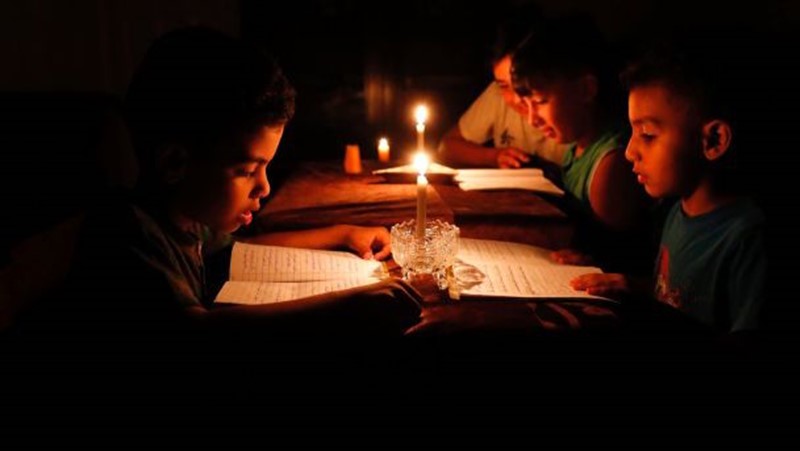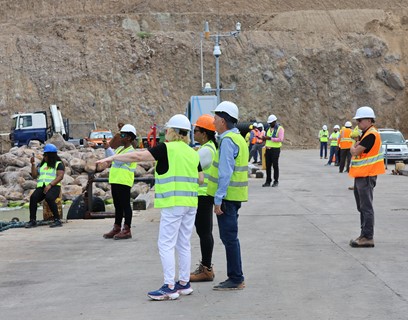
The immediate cause of the current crisis in Gaza is the West Bank-based Palestinian Authority’s efforts to pressure its rival Hamas and to curry favor with the Trump administration. However, the appalling conditions that the nearly 2 million Palestinians in Gaza are forced to endure are ultimately the result of 50 years of Israeli military rule over the tiny coastal enclave and a cruel and illegal siege and naval blockade that Israel has imposed since 2007, an act of collective punishment that amounts to a war crime. (Although Israel withdrew some 8,000 illegal settlers in 2005, it continues to militarily occupy Gaza according to international law because it maintains control over virtually all entry and exit from Gaza as well as its coastline and airspace.)
- Palestinians in Gaza are currently receiving just 2-3 hours of electricity a day from Israel, down from about 8 hours a day (divided in two portions) prior to the ongoing crisis. As Amnesty International warned in a recent statement, the power cuts "could have catastrophic humanitarian consequences for residents who have already endured a decade of suffering under Israel’s brutal blockade."
- According to Israeli human rights group Gisha: Legal Center for Freedom of Movement:
“Already before these current cuts, residents of Gaza received four hours of supply followed by 12 hours of blackouts; water desalination and sewage treatment facilities are not operational; some 100 million liters of untreated or partially treated sewage are being dumped mostly at sea daily; generators are over-extended; entire hospital wards are shut down during blackouts, and people who rely on life-saving equipment are at risk.”
- The shortage of electricity combined with cuts in health care funding to Gaza from the West Bank-based Palestinian Authority have resulted in a major health care crisis in Gaza. According to Gaza's Health Ministry, there is a shortage of diesel fuel for the 87 generators required to maintain power to hospitals during blackouts and an estimated $10 million worth of sensitive diagnostic radiology equipment is in danger of falling into disrepair due to a lack of electricity. According to Physicians for Human Rights Israel (PHRI), there is a severe shortage of medication in Gaza, resulting in stocks of one-third of essential medicines being completely depleted along with more than 270 medical equipment items for operating rooms and intensive care units. More than 300 cystic fibrosis patients are in grave danger due to a lack of medication, and 90% of cancer patients are not receiving full treatment.
- Even before the latest crisis, Gaza's economy was in shambles due to Israel's decade-long illegal siege and blockade and repeated bombings. The overall unemployment rate is 42%, while the youth unemployment rate is more than 60%, the highest in the world.
- 80% of Gazans are forced to rely on humanitarian aid to survive, while 47% suffer from food insecurity. The number of Palestinian refugees in Gaza who rely on food distribution from the UN has increased from approximately 80,000 in 2000 to almost one million today.
- Most of Gaza’s water supply is contaminated and undrinkable due largely to the effects of Israel’s siege and blockade and repeated bombings of Gaza’s infrastructure.
- In 2015, the United Nations Conference on Trade and Development issued a dire warning that Gaza could become “uninhabitable” by 2020 as a result of Israel’s siege and blockade and destruction of civilian infrastructure.


